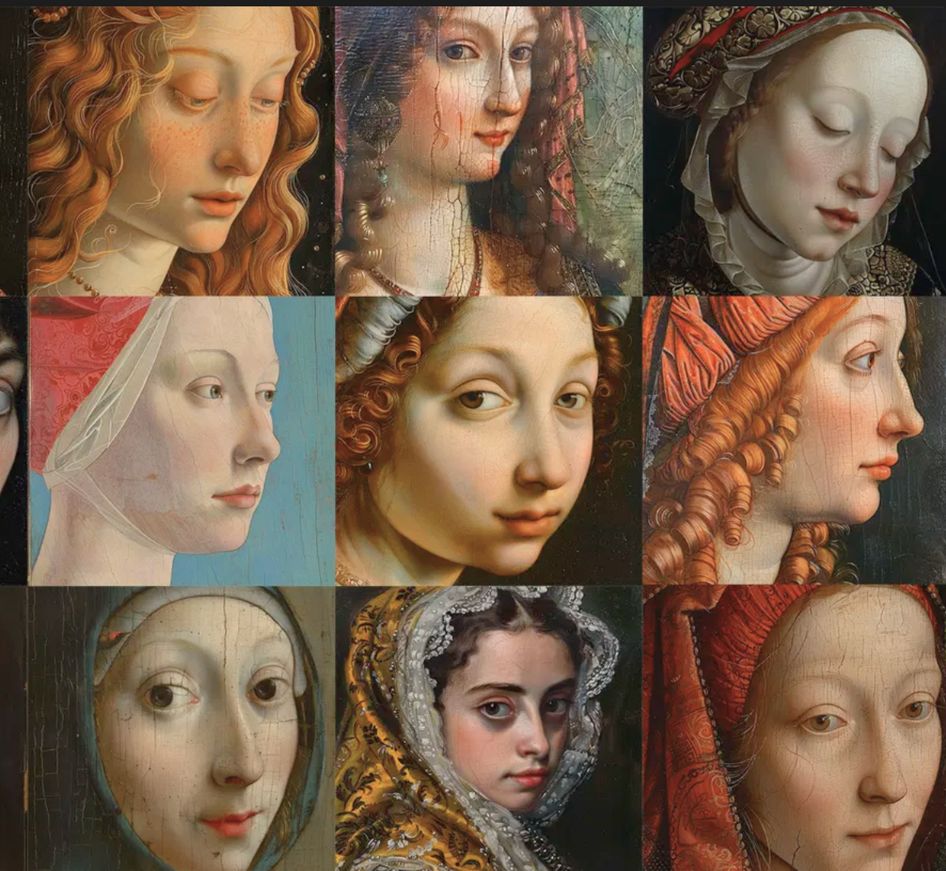From Museum Without Walls to GenAI Museum
Publication details
Lev Manovich. From Museum Without Walls to Generative AI Museum. In European Photography 116 (2024).
From the article
We can now, in principle, create an infinite museum filled with endless AI-generated images that simulate artworks from every period in history for all genres, artistic techniques, and media. In fact, reference sites like Midlibrary that contain names of thousands of famous artists, architects, designers, and photographers that AI can confidently simulate are already such museums - but we can scale them up and expand dramatically to fit whole chapters of art history. GenAI is making possible, both theoretically and practically, a new type of universal "museum without walls."
The question then arises: why would such an endeavor be interesting or valuable? One obvious possibility is to populate this museum with "additional" works by artists who actually existed, attempting to generate pieces that would be as historically probable as possible. This approach could provide insights into the potential evolution of an artist's style or explore "missing" works from certain periods of their career.
A more intriguing application, however, is to explore alternative possible art histories. We can re-imagine art history (and history of culture in general) as a speculative discipline—similar in spirit to speculative fiction, alternative history, or speculative design. For example, we could generate works that imagine what a famous artist might have created if they had traveled to a different part of the world or immersed themselves in a vastly different culture. Another fascinating direction:examining the potential alternative paths an artist's style could have taken between two known periods of their work. We could even explore hypothetical collaborations, generating works that might have resulted if two unique but very different artists had worked together.
These examples merely scratch the surface of the directions a "generative museum" could explore. In my view, AI-generated works open up very interesting possibilities for reimagining and expanding our understanding of histories of art, visual culture, and media.
(The text continues in the PDF.)


